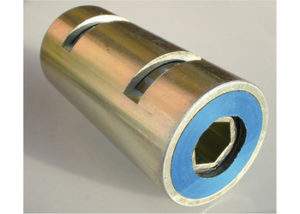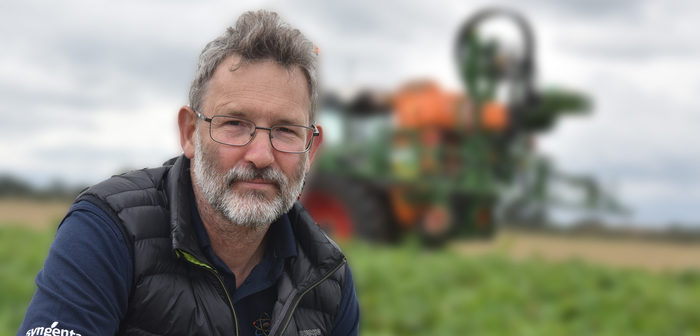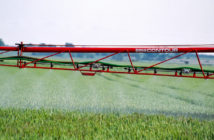Potato growers now have just one remaining granular nematicide for the control of PCN – the crop’s most damaging soil pest. The regulatory decision not to re-authorise oxamyl leaves Nemathorin as the only remaining granular option.
Growers now switching from oxamyl to Nemathorin need to be aware of how to get the best results from this season’s applications, advised Syngenta Technical Manager, Michael Tait.
“The same equipment can be used for the overall application of granules, however it must be fitted with Nemathorin specific rotors or cartridges and calibrated to accurately deliver the 30 kg/ha application rate for PCN,” he advised. “Nemathorin cannot be applied in-furrow.”
Mr Tait advocated the aim should be to incorporate Nemathorin granules evenly to a depth of 15 cm in the soil profile during seedbed preparation, immediately prior to planting.
“Incorporation to a consistent depth across all soil types and conditions is important, as Nemathorin is relatively immobile in the soil profile – which helps to achieve the good levels of PCN control,” he urged. “If field conditions change, check the incorporation depth and adjust accordingly.”
Growers and agronomists are also reminded not to desiccate or harvest crops for at least 17 weeks (119 days) after application. A simple harvest interval calculator is available on the Syngenta website, for growers to check the earliest potential desiccation or lifting date.
Mr Tait reported that the granular Nemathorin, accurately incorporated into the soil profile, has consistently shown higher yields through greater PCN control, compared to fluopyram liquid nematicide or a combination of liquid and reduced rate granular product.

Nemathorin 15-30 Cartridge
UK trials, on a commercial crop in Suffolk, for example, showed a 10% higher yield from Nemathorin, at 56 t/ha, compared to fluopyram applied in furrow. Other independent trials in Scotland have confirmed higher yields and improved marketable tuber size, as well as indicating better management of PCN population numbers with Nemathorin, compared to fluopyram.
Effective control of PCN with an integrated approach to crop management is advocated wherever populations are identified by soil sampling. Managing even low egg counts most effectively can help to protect yields of the growing crop, as well as to minimise multiplication and build-up of pest numbers, advocated Mr Tait.
Nemathorin is also approved to reduce the damage caused by problematic potato soil pests, wireworm, along with free-living nematodes (FLN) responsible for the transmission of spraing.
“Accurate application of Nemathorin and following the protocols of the Nematicide Stewardship Programme will help assure yield is protected in the growing crop and sustainable management of PCN in the long-term,” he added.




